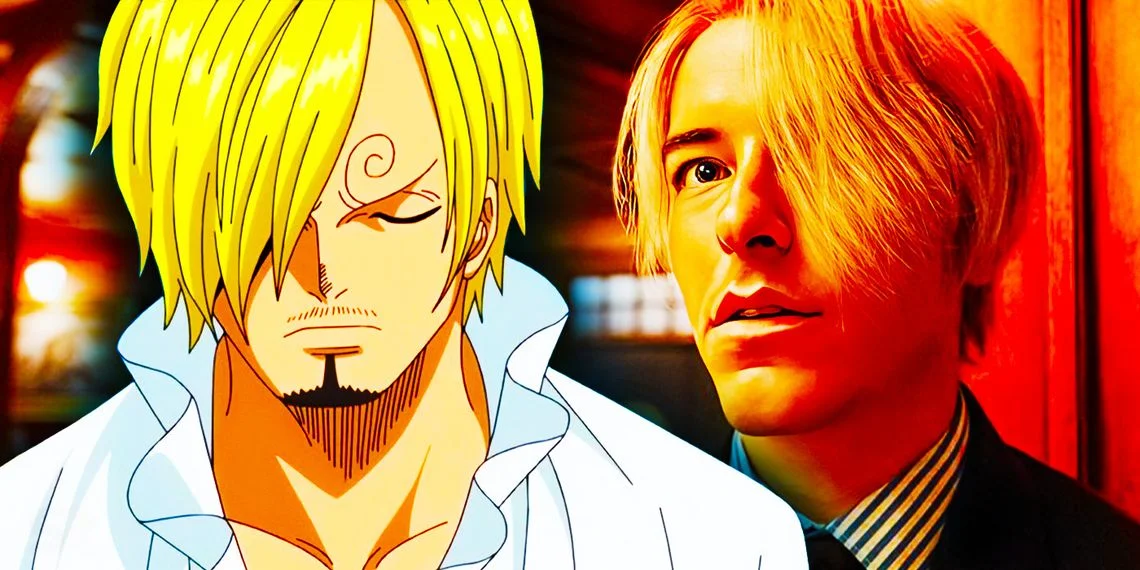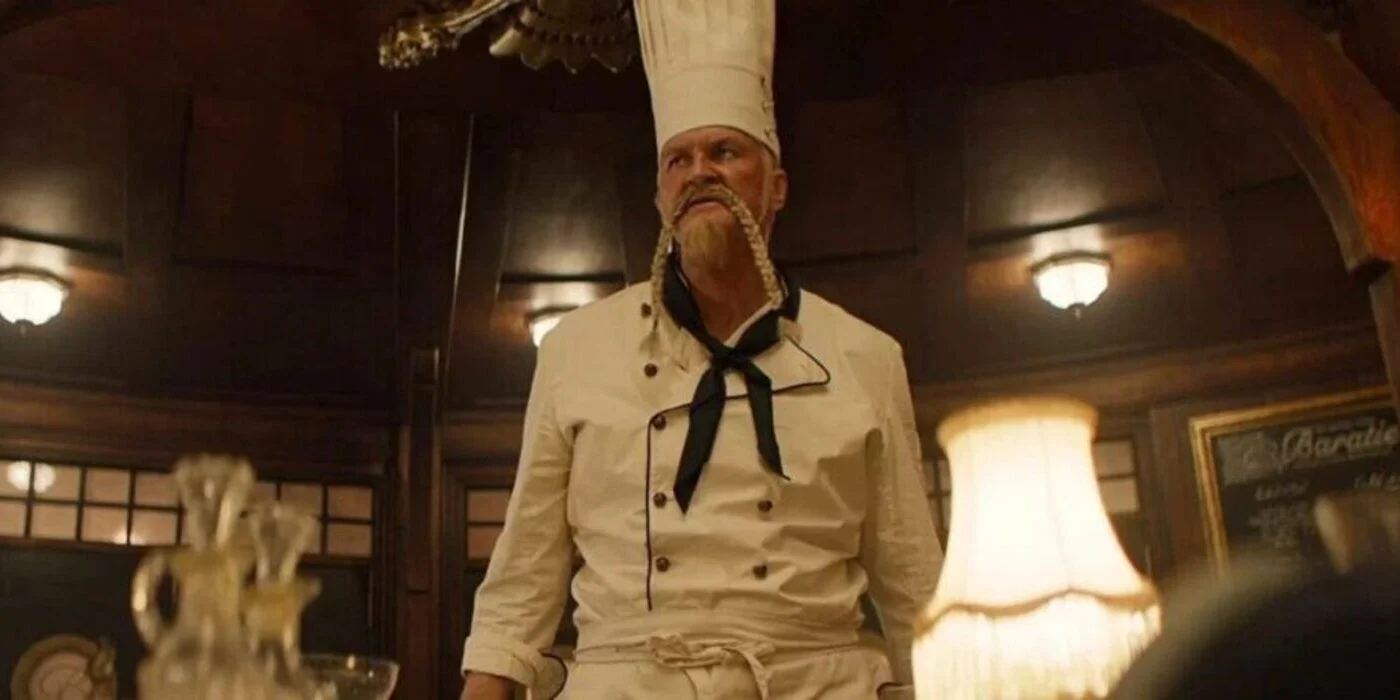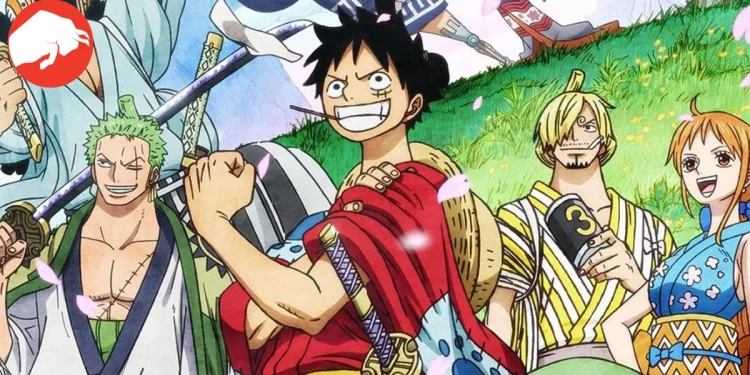In the vast ocean of live-action adaptations, Netflix’s rendition of “One Piece” is a vessel that not only navigates the original’s storyline with a keen eye but also anchors itself closer to the manga’s darker harbors. This bold reimagining of Eiichiro Oda’s sprawling pirate saga introduces viewers to a version of the “One Piece” universe that isn’t afraid to delve into the more somber depths of its source material.
Zeff’s Harrowing Sacrifice: A Tale Retold with Stark Realism
The anime “One Piece” has long been hailed for balancing the gravity of its more mature themes with an undercurrent of hope and adventure. However, the Netflix adaptation takes a plunge into the chilling waters of the manga’s narrative, particularly evident in the portrayal of Zeff and Sanji’s origin story.
In the show’s sixth episode, “The Chef and the Chore Boy,” the series lays bare a moment that struck a darker chord than its anime counterpart. The harrowing reveal that Zeff sacrificed his own limb to save Sanji showcases a raw and unfiltered take on the lengths of human survival and sacrifice.

Manga vs. Anime: Charting a Different Course
Netflix’s “One Piece” draws from the original strokes of Oda’s manga, presenting a narrative unvarnished by the anime’s alterations. Where the anime showed Zeff’s leg lost to the shackles of the sea, the live-action series portrays Zeff’s gruesome self-cannibalism—a narrative choice that brings the grim reality of the character’s past to the forefront.
This decision is a testament to the adaptation’s dedication to the manga’s vision, marking a departure from the anime’s tendency to veil the story’s more gruesome aspects. By adhering more closely to the manga, the live-action “One Piece” not only respects the original work but also reintroduces fans to a tale that is both familiar and refreshingly stark.

Uncharted Waters: What Lies Ahead for Netflix’s ‘One Piece’
As the Straw Hat Pirates set sail towards “One Piece” season 2, it’s clear that Netflix is not steering clear of the manga’s more tumultuous waves. The commitment to portraying the dark and the desperate alongside the hopeful and the heroic promises a journey that’s both authentic to the manga and novel to the screen.
This approach may offer a richer experience for die-hard fans and newcomers alike, promising a voyage that’s fraught with peril, but true to the course charted by its celebrated creator. The true test will be in how the series continues to balance these elements without capsizing the unique charm that “One Piece” is known for.
As we await the continuation of Luffy’s quest to become the King of the Pirates, one thing remains clear: Netflix’s “One Piece” is not just a retelling, it’s a re-exploration of the darker currents that run beneath the surface of a tale as old and as deep as the sea itself.









